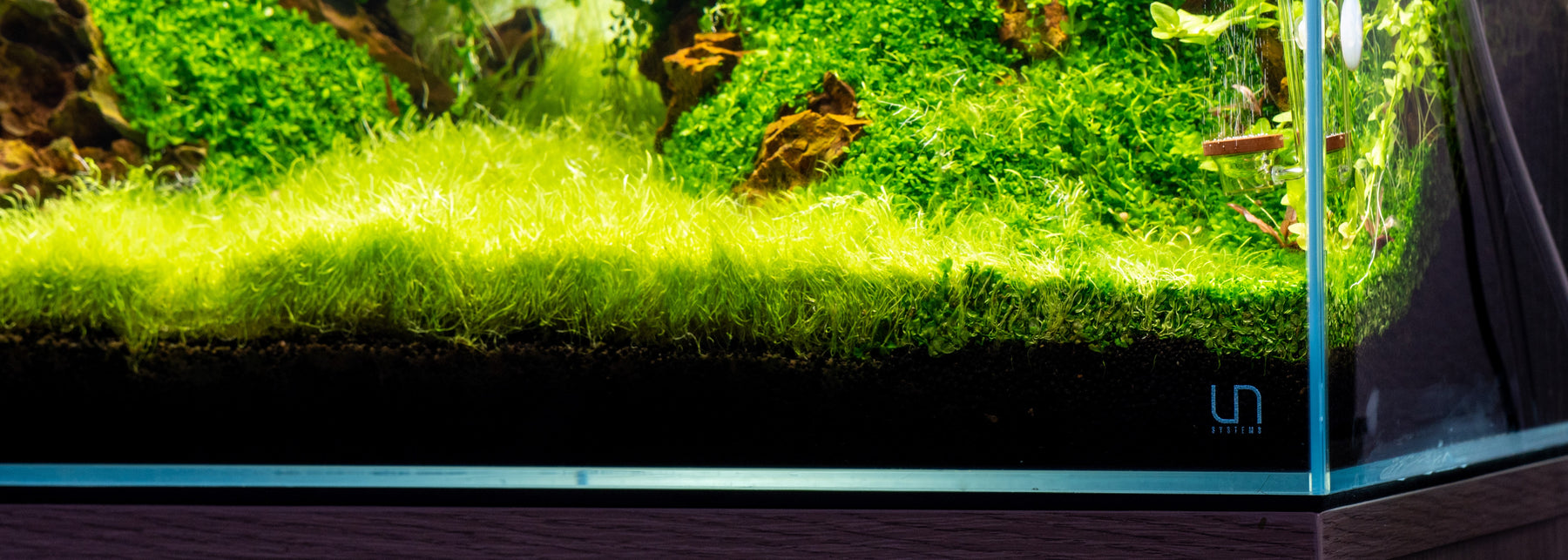
How to Grow Utricularia Graminifolia (UG)
Written By: Chris (@shrimpery)
The Utricularia Graminifolia carnivorous plant (UG) can be a mystifying subject. It's a highly sought after foreground plant featuring grass like leaves that create a lawn of carpet. This carnivorous plant is like an aquatic grass, with thin stalks growing from roots that spread horizontally by sending out runners.
The species of carnivorous plants is highly coveted for its unique, pristine appearance and ability to grow emersed and submerged. It seems to be one of those aquatic plants that either completely flourishes or totally dies off, depending on the individual setup.
What is it about UG that makes it so difficult for some people and so easy for others? In fact, it is one of the easiest plants to keep if certain conditions are met. Here are some tips and tricks for growing UG that will help you be one of the people who are successful with it.

Utricularia Graminifolia Tissue Culture
Check Your Water Parameters
The most fundamental thing to keep in mind is that Utricularia Graminifolia is an aquarium plant that grows best in soft water, ideally with a low KH. If you have hard tap water, or if you use an aggressive GH/KH booster, you may find it to be a significant challenge for UG to grow properly. Likewise, if a tank has abundant organic waste or excessive nutrients, it can also be less-than-ideal for UG (but not as much of a challenge as hard water).
It may be helpful to look up the ideal water parameters for Caridina shrimp- these often coincide with ideal conditions for UG, at least in my experience, with one notable difference: UG does best with CO2 injection and high lighting.
- Tip: New to the CO2 game? Check out an article on adding CO2 to your planted aquarium HERE
Plant Correctly
In terms of planting, Utricularia Graminifolia is different from many other carpeting plants or foreground plants that have distinct roots and leaves. It seems that even one individual "blade" of UG can form an entirely new plant colony, unlike a blade of hair grass, which will promptly die if no roots are attached. When you plant Dwarf Hair Grass, for example, it is prudent to plant the roots into the substrate, keeping in mind the depth of the crown of the plant, etc.
With UG, it is much simpler: simply break up the plant into many different tiny portions, and plant the individual leaves deep into the substrate, with just a glimpse of each plant visible.
If the substrate is a bit lower in nutrients, Utricularia Graminifolia often seems to gain an easier foothold than in brand-new aquasoil, but it will grow in a wide range of substrates, including gravel or sand. UG does not even need to be planted to thrive. It will form dense floating mats if left to drift in the water; it can also be tied to driftwood or rocks and grown as an epiphyte.
I have had success wedging it into spaces in my hardscape, where it seems to spread with ease.
- Tip: Team Buce Plant likes to weigh UG down atop substrate with stainless steel mesh. This will also help prevent floating during maintenance while the UG is in its early stages of establishing. Eventually, the UG will properly establish itself and grow to completely cover the stainless steel.

Proper Maintenance and Trimming
When you do have a true carpet of Utricularia Graminifolia, bear in mind that any efforts to make an aggressive trim may result in a serious melt. This can be avoided by planting the initial carpet with individual UG leaves that have ample room between each other, as opposed to planting large clumps or plugs of UG.
When it is time to trim, try not to trim too aggressively at the base of the plant where it meets the soil, or you may risk triggering a melt. It is often preferable to trim small portions here and there so as not to "shock the system." You can replant any clippings to fill in gaps in your carpet.
- Tip: UNS Curved Scissors are perfect for trimming carpets and sensitive plants such as UG.
Any sudden, aggressive changes in water parameters can also trigger a massive melt. For example, massive water changes or a sudden change in water parameters can result in melt as the plant tries to discard its old leaves that are no longer adapted to the new situation it finds itself in.
In summary, I believe that the main reason that people have a challenge with UG is due to their water being too hard; having excessive nutrients or unstable water parameters also plays a role in the challenge. This can be overcome by using remineralized RODI water (tap water is fine if it comes out of the tap soft), using an acidic substrate (although the plant seems to grow best in older aquasoil or even plain sand), and doing frequent, smaller volume water changes to avoid the accumulation of dissolved waste.

Despite its carnivorous nature, it doesn’t seem to make much of a difference if daphnia or other tiny organisms are present in the water for it to eat, although I am sure that it can’t hurt.
With the addition of CO2, or if it is grown emersed or at the water’s surface, it will often flower. The underwater flowers are usually white, while the ones above the surface tend to be violet or purple. They almost resemble tiny snapdragon blooms, and are an indicator that your plants are happy in the setup you are providing.
UG is a rewarding plant, no matter how it is used. If you are willing to be patient, it will really take off in any stable tank with soft water that is not overstocked. As with most things in this hobby, balance is key; it appreciates a comfortable and predictable living space, more so than most plants.
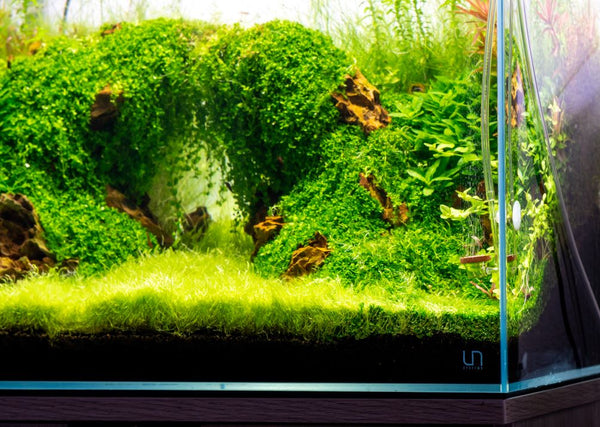
Tell us - Was this article helpful? Please comment your thoughts below!
If you have any questions regarding this article, please DM us on Instagram or Facebook, or email us at support@buceplant.com so we can assist you further - @buceplant

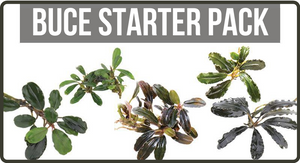
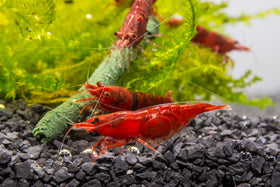
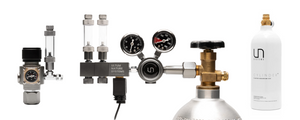

Leave a comment